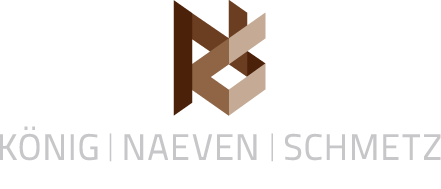Protection of trade marks and other signs used in the course of trade
Trade marks typically serve as an indication of origin and enable customers to distinguish the goods and services of one undertaking from those of other undertakings. As a consequence, trade marks enable customers to consciously choose goods of a certain undertaking. The customer’s reasons for doing so may include positive experiences in the past, certain expectations as to quality or a specific image.
Trade marks may be protected nationally by way of registration in almost countries of the world. In contrast to patents or design rights there is generally no limitation as to the duration of the trade mark registration.
A German national trade mark may consist of any sign capable of being represented graphically including words, personal names, designs, letters, numerals, colours, the shape of goods or of their packaging.
In addition to the national trade marks of its Member States the European Union introduced the so-called European Union Trade Mark (EUTM) about 20 years ago. It has a unitary character and has equal effect throughout the EU. As a general rule, the costs for filing a EUTM application are far less than the costs for filing several national applications in EU Member States.
Another way to obtain trade mark protection in various countries is the so-called International Registration under the Madrid System. In contrast to the European Union Trade Mark the so-called International Registration is not a unitary trade mark. Rather, the applicant may obtain a bundle of national trade mark rights by using the centralized application system provided by the World Intellectual Property Organization (WIPO). The application costs depend on the specific countries for which the applicant seeks protection. Unless the national trade mark offices see reasons to object to the registration of the trade mark, there is no need for the applicant to be represented professionally in the countries for which he seeks protection. This reduces the costs considerably.
Judging from our experience, expert advice with regard to the following questions is of particular importance:
- Does it make sense to file a trade mark application or is the legal protection of the company name sufficient?
- Is there likelihood of confusion with regard to earlier registered trade marks?
- What are the effects of filing a mark as a word mark or word and design, black and white or in colour?
- For which goods and services should the trade mark be filed?
- How do I best obtain trade mark protection in all the countries that are of importance for me?
- In case the design of the trade mark has been changed: Can I still rely on my existing trade marks or do I have to file a new application?
We would like to advise and assist you in all matters regarding the protection of trade marks in Germany, the European Union and beyond. In addition, we would like to assist you in enforcing your rights as well as defending yourselves against alleged trade mark infringement.



